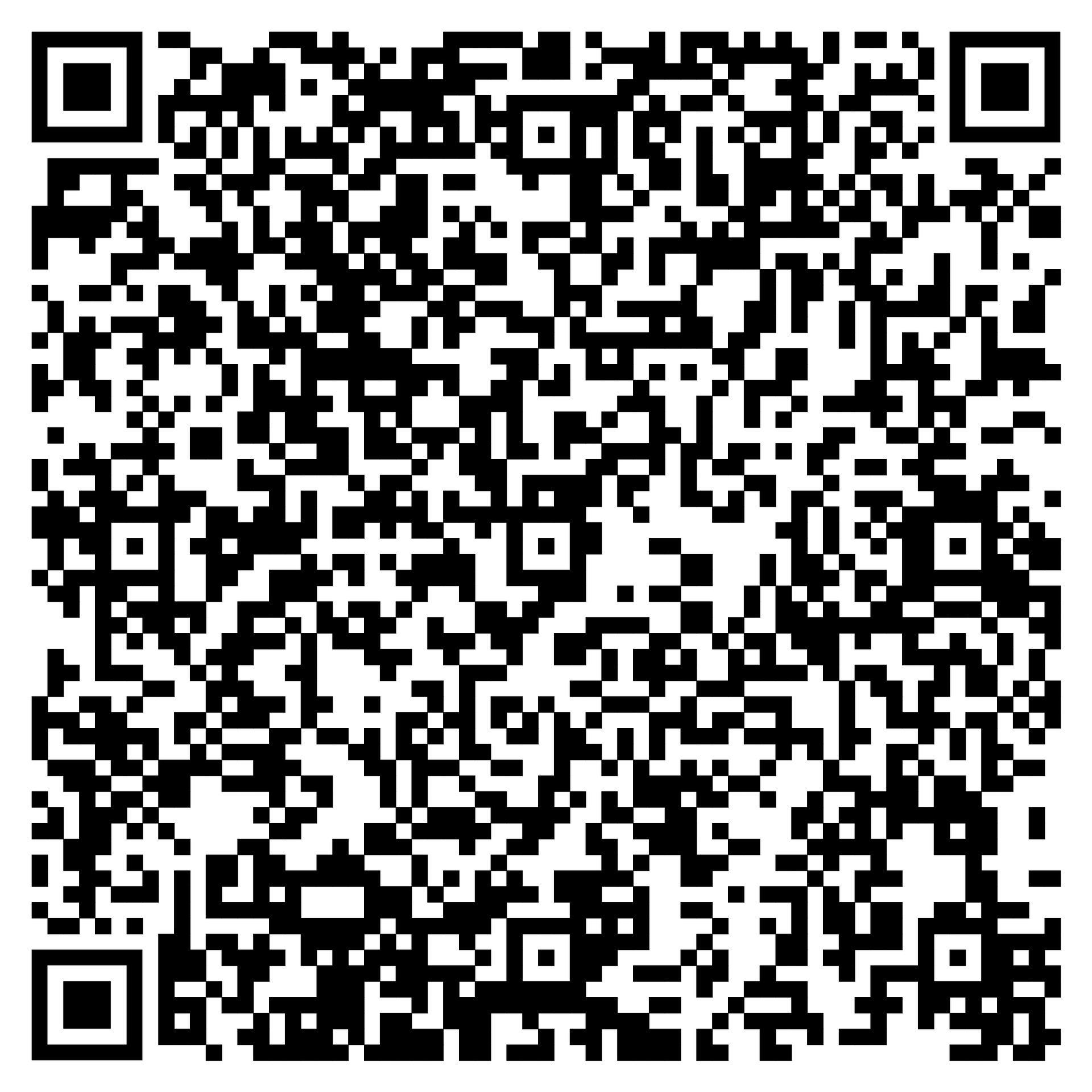Workable Illegality - how an organization ensures productivity
The organization behind the organization and why it should not be denied
Every organization has its sets of rules and regulations in order to keep a structure and not drift into chaos in which everyone does what one wants. Some do it more than others and yet every organization has them. It is the formal organization. The formal organization is the one we usually see and observe. Rules and regulations, processes and manuals have one important short fall, they can't account for changing circumstances. Their ability to deal with dynamic is rather limited. This can be seen in high dynamic markets, this formal organization often fails to find adequate solutions for the high market demands. In high dynamic markets the organization runs the danger of failing and in the long run to vanish.
There is a mechanism basically every organization has, it develops certain “ways” to find solutions to deal with this challenge of a dynamic superimposed by the market on one hand and a regulatory framework which does not produce adequate solutions when followed on the other. These “ways” do work behind the scenes, they are not obvious. If the established official ways of working do not fit the market demand, the organization develops ways aside from the official one just to maintain satisfying market demands.
Organizations can not regulate all their operations especially in a high dynamic context i.e. market.
The energy needed trying to regulate all possible and unexpected demands and cases would bring the actual purpose of an organization - answer to market/customer requirements - to a stand still.
Hence the additional layer in which it can find solutions outside the normal is used. This is the backstage of the organization. The backstage compensates the short falls of the official room of regulation and ensures maintaining productivity.
The backstage or shadow-organization ensures productivity.
And it goes for literally every organization. I have come across this phenomena in all organizations I have worked in or worked with.
For example, when I was flying with the Navy we had three so-called alert states in which we put the aircrew and the helicopter in order to respond to mission alerts. The highest state of alert was alert 10 which required us to be in the air 10 minutes after alerting us.
The rules said that we could only maintain this alert state for more than 2 hours straight. After which we had to drop down to alert 60.
It turned out that in some cases in the deployments the context of that deployment, mainly the threat encountered, demanded a different interpretation of the alert states.
For instance, in Somalia fighting pirates to protect merchant vessels from attacks, we had to be on alert for 12 hours straight, sunrise to sunset,
Following our rules we could not have done it without jeopardizing mission success -> market demands.
The market - the mission context - demanded a different solution. So we adapted and used our Alert 10 for longer than the official 2 hours in order to meet mission requirements. We did it somewhere between the normal process and some undefined way of the backstage. We found our way to respond to market demands -> our backstage. This way we could maintain productivity i.e. mission readiness and effectiveness.
We called it operational flexibility.
Despite the fact that every organization develops a backstage, this backstage, when it becomes public, is often referred to as being unacceptable. But rarely it is questioned whether the organization can survive without it.
A deviation from the official rules is functional for the organization.
No it can not! As leaders we should be careful in trying to stop the backstage, trying to dismiss the backstage or refuse its existence. As long as it is not the common case and breaks any law, which despite all effort and motivation to create customer solutions cannot be overstepped, I encourage the organization to find ways to answer market demands.
Leaders are better off leaving space for the organization to find solutions for the market without overregulation. Where the boundary lies between needed rules and over-regulation is something that is specific to your organization. So be attentive and be open to find these limits.
Do you find this perspective provocative? Then watch your organization and look for deviations as stated here. I bet you will find some.
Don´t forget….
Acquiescence of deviations can be seen as the lubrication to make official regulations in an organization workable.



